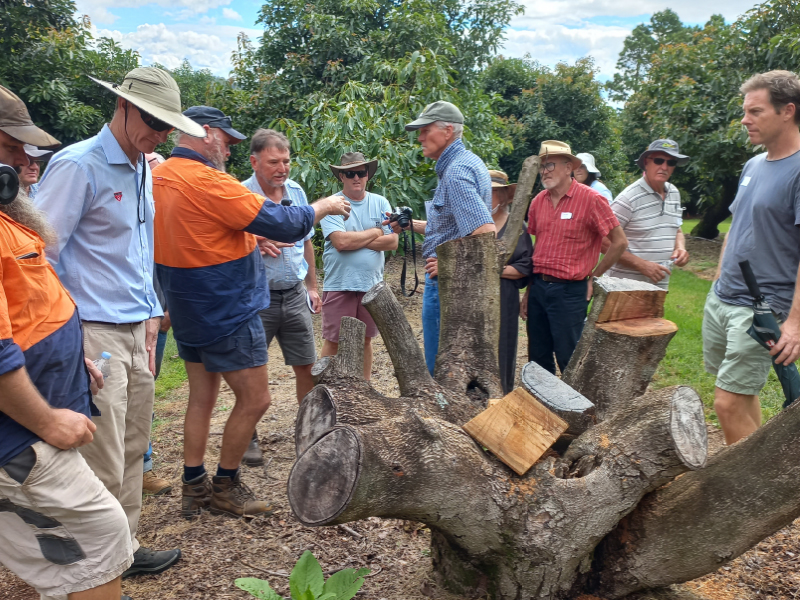
Hort Innovation’s Regional Extension Manager for North-East Australia, Dr Olive Hood, has recently been working with the avocado, berry and macadamia industries to co-design their extension strategies. These strategies are being developed as part of their current levy-funded extension projects and will be used to guide further investment in these industries.
What is an extension strategy?
I think of extension as facilitating innovation. For me, that means providing the right conditions, networks and learning experiences in the areas that industry believes will generate the biggest impact. Assessing the current conditions and networks, finding the priority areas and identifying what needs to happen is the basis of an extension strategy. This process is best done in partnership with industry, where you
can leverage each other’s experiences and expertise.
What difference does it make to co-design a strategy?
When we co-design we are doing so because we think that by developing something together, we will get a better product or outcome. We believe that by bringing our collective knowledge and experience to the table we will generate a much fuller picture of the opportunities and what needs to happen for us to make the most of them.
Who is involved?
Innovation usually requires several stakeholder groups to shift their approach at the same time for real, impactful change to occur. For example, on-farm pest and disease management is influenced by supply chain protocols, government policy and regulation, consumer sentiment, research and development, and service sector capacity and resources. This means all these stakeholder groups would need to be engaged in co-designing the opportunities and the best strategies for taking advantage of them.
What is your role?
We are working with the projects leads of several of our extension projects as they engage with their growers and service and supply chain participants to develop their extension strategies. As this is a new approach, we are learning together with them about how to best go about this and what works. We really appreciate the industries that have agreed to collaborate with us on this, and we can see the benefits from doing this in partnership to create more effective extension strategies.
What benefits does co-designing bring to growers?
We all benefit from a co-design approach. By sharing our understanding of our industry’s priorities, conditions, networks and opportunities we learn from each other and gain a clearer understanding of our role and responsibility in promoting change. Industry benefits from the efficiencies and clarity that is gained when the people who support them have a shared goal and view on how to achieve it. Avoiding duplication, reducing mixed messaging and identifying clear gaps where resources are needed is essential. The result is a higher-performing innovation system which means growers receive benefits from their innovation investments earlier and that those benefits are maximised.
Hear from Anne Larard, Industry Development Manager for Avocados Australia
“By bringing together different stakeholders across the avocado industry to co-design an extension strategy we have been able to gain a greater depth of understanding of our extension needs and challenges, and also generate a broader set of ideas due to the diversity in perspectives.
Having growers engaged in the process from the start not only encourages their future commitment to our extension activities, but also gives them greater insight into the value of this levy-funded project. Furthermore, by being more strategic in the way we target our efforts on priority extension activities and tools, we also ensure that the return on investment on grower levy funds is maximised.
A co-design approach should deliver more significant progress (in both scale and pace) towards industry goals due to the increased impact that results from the improved participation and the strategic focus of the extension services provided.”
